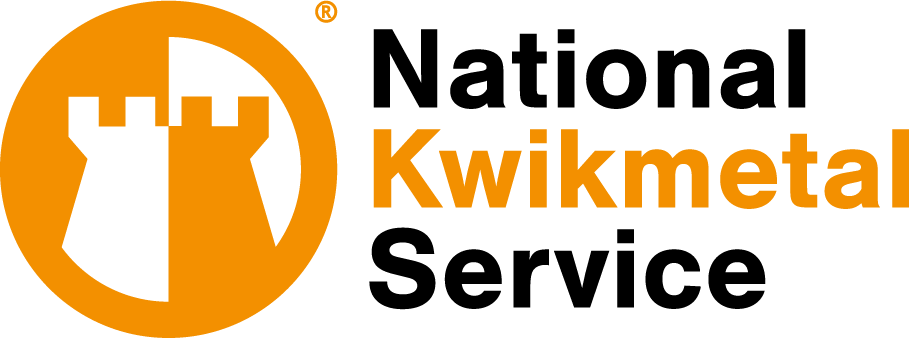
Stainless steel is a popular material that is used in a wide range of industries, ranging from food processing to medical equipment and nearly everything in between. However, to ensure the longevity and corrosion resistance of stainless steel, a critical process called passivation is often required.
Are you wondering what this entails? To help give you an idea, this stainless steel slitting company in Cincinnati, Ohio is going to delve into the intricacies of the stainless steel passivation process below.
Passivation is a crucial step in the stainless steel slitting process, as it helps to protect the material from corrosion and enhance its overall performance. This process involves the removal of surface impurities and the formation of a thin, invisible layer of chromium oxide on the stainless steel surface.
This protective layer helps to prevent the formation of rust and other forms of corrosion, ensuring the long-term integrity and durability of the material.
In the context of stainless steel slitting, passivation is particularly important because the slitting process can expose the material to various contaminants and environmental factors that can compromise its corrosion resistance.
By ensuring that the stainless steel is properly passivated, a reputable stainless steel slitting company in Cincinnati, Ohio can provide their customers with high-quality, long-lasting products that meet the highest industry standards.
The stainless steel passivation process typically involves the following steps:
1. Cleaning: The first step in the passivation process is to thoroughly clean the stainless steel surface. This involves removing any surface contaminants, such as grease, oil, or metal particles, using specialized cleaning solutions and techniques.
2. Passivation: After cleaning, the stainless steel is immersed in a passivation solution, which is typically a dilute nitric acid or citric acid solution. This solution helps to remove any remaining surface impurities and promotes the formation of the protective chromium oxide layer.
3. Rinsing: Once the passivation process is complete, the stainless steel is thoroughly rinsed with clean water to remove any residual passivation solution.
4. Drying: The final step in the passivation process is to carefully dry the stainless steel, ensuring that no water or moisture remains on the surface.
The specific parameters of the passivation process, such as the concentration of the passivation solution, the duration of the immersion, and the temperature, can vary depending on the specific requirements of the stainless steel and the industry standards that must be met.
There are several common misconceptions about stainless steel passivation that are important to address:
1. Passivation is not necessary for all stainless steel applications: While passivation is essential for many stainless steel applications, there are some instances where it may not be required, such as in decorative or low-corrosion environments.
2. Passivation is a one-time process: Contrary to popular belief, passivation is not a one-time process. Stainless steel may require periodic re-passivation to maintain its corrosion resistance, especially if the material has been exposed to harsh environments or undergone significant processing.
3. Passivation is the same as pickling: While both processes involve the use of acid solutions, passivation and pickling serve different purposes. Pickling is used to remove scale and oxidation from the stainless steel surface, while passivation is focused on enhancing the material’s corrosion resistance.
4. Passivation is a complex and expensive process: While the passivation process does require specialized equipment and expertise, it is not necessarily a complex or prohibitively expensive process. Many of the leading stainless steel slitting companies in Cincinnati, Ohio have streamlined their passivation procedures to ensure efficiency and cost-effectiveness.
The stainless steel industry has established various standards and certifications to ensure the quality and consistency of the passivation process. Some of the most widely recognized standards include:
A reputable stainless steel slitting company in Cincinnati, Ohio will obtain the necessary certifications and adhere to these industry standards to demonstrate its commitment to quality and compliance.
Are you interested in learning more about the stainless steel passivation process? If so, and if you’d like to get in touch with the best stainless steel slitting company in Cincinnati, Ohio, you’ve come to the right place — National Kwikmetal Service (NKS) is the company to call.
Our team of experts will be happy to provide you with more information and assist you in finding the right solution for your stainless steel needs. Contact us today at 1-800-722-5029 to request a free quote.
Phone: 847-257-6570
Phone: +52.811.6363844
Phone: 615-793-4700